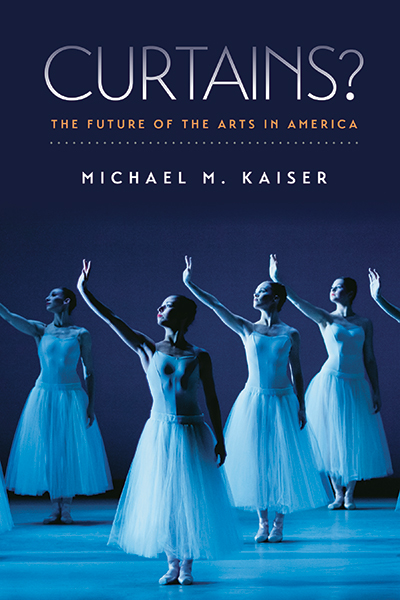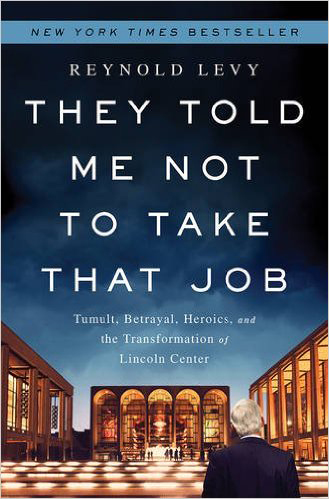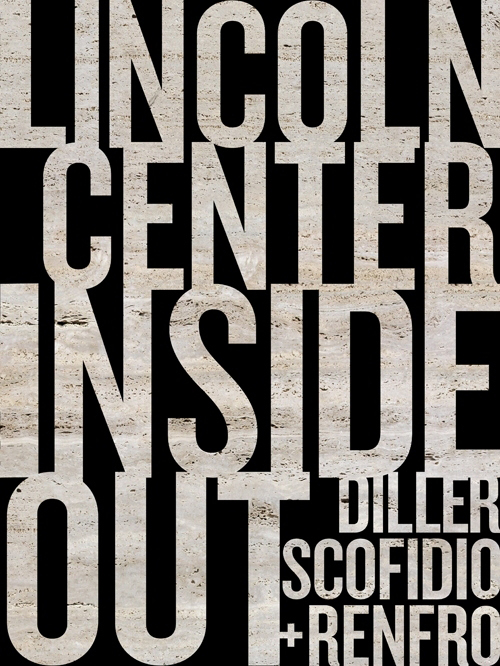Three books released by leading players paint a somewhat desperate picture of the crisis in arts leadership. This is not beach reading for the faint of heart or slim of checkbook. In these pages, the door to the boardroom is opened a crack and the discussions inside (not surprisingly, solely about finances) will infuriate.

Michael Kaiser, the author of “Curtains? The Future of the Arts in America,” (Brandeis University Press) ran the boring but solvent Kennedy Center in Washington as well as the Royal Opera House, American Ballet Theatre and Alvin Ailey. He now directs the DeVos Institute at the University of Maryland and students there would be well advised to read not just this, his latest, but also his three previous how-to books on arts management. Whenever a seasoned veteran of the administrative wars becomes a B-school professor, the payoff extends beyond case studies to observations across a wide horizon.
Kaiser’s succinct and sane volume seems to have thought of everything in assessing the latest trends, from tax policies and financial markets to international politics and the diminished capabilities of the arts press (ouch).
An expert on governance as well as budgets, his chart for the “ideal board” for even a modest organization has an entry-level capital gift of at least $250,000 with annual gifts of $50,000. As any who serve on boards can testify, the “give-or-get” message translates to an interest in only one thing, the expiration date on your credit card or, to the same end, your own expiration.

The subtext of this book and “They Told Me Not To Take That Job” (Public Affairs), the memoir of Lincoln Center’s outgoing president Reynold Levy, is that little donors are no longer worth the trouble to court. Levy is shameless, simply expanding the board every time he needs more cash and shaking them down not just for their initiation fee but for $3 to $5 million a year. (It’s in the book, I’m not making it up.)
Solid as it is, Kaiser’s book is too nice to name and shame the organizations that screwed up (except the notorious Minnesota Orchestra), and it relies heavily on Harvard Business School-style formulae, derived not just from Michael Porter but the old trick of box diagrams that Marvin Bower, the de facto founder of the culture and practices at Mckinsey, oversold to his corporate consulting clients.
The core of this scholarly volume, its bravest and most gripping chapter, is the disturbing projection of an arts world two decades hence run by rapacious fundraisers and tech support. Live performances will be whittled to a minimum at wickedly high ticket prices. Regional companies will lie in ruins. Why go downtown when you can stream a Verdi highlight reel at home? (My answer: It’s not the same, but I’ll be too addled by 2035 to give a fiddler’s fart).
Nothing could be more different from Kaiser’s discretion than the bluster of Levy’s memoir of his 12 years as president of Lincoln Center. My esteemed Time Inc. colleague Robert Hughes, were he alive and still scoffing at art world cons, would have hoisted Levy ad hominem by his own petard. “Radiator hood ornaments” was Hughes’s term for the preening, overpaid mediocrities with MBAs at the helm of museums and arts organizations (tenured, I would extend this label to college presidents).
Levy can tell you to the penny how much his wallet-ectomies garnered, but he coyly omits mentioning his $1.8 million a year salary (Kaiser made $1.4 million). His text is sloppy and hypocritical. Cliches, such as the eye-roll-inducing “no I in team” that opens chapter two, are symptoms of lazy thinking as well as writing. And Levy’s rehashing of management chestnuts, usually without proper attribution, is boring.
He refers to the conductor Michael Tilson Thomas, known to every San Francisco schoolchild as MTT (for obvious reasons), not once but twice in a paragraph as “MTM,” betraying not just the myopia of his proofreaders but his own blanket indifference to the talent in the halls.
There is not one anecdote about his adversaries, the performers, but there are vacuous name-dropping accounts of a phone date with Jimmy Fallon; breakfast with Anna Wintour, who praises his tie; and the charms of mega-donors such as David Koch (six pages, with a cringe-worthy, all caps thank you note as coda) or Michael Bloomberg (who reams him for leaking his name when a gift was supposed to be anonymous).
Where Kaiser demurs on worst practices, Levy gleefully recites a catalogue of disasters of arts management nationwide. He throws so many opponents from the Lincoln Center campus under the bus that the M104 would spin its wheels midair, starting with former Met general manager Joe Volpe (a “boor” whose suits don’t fit), his successor Peter Gelb, the conductors, the board and basically the horn section of the New York Philharmonic, and anyone with a union card.
The darkest fault of the book is the way it passes the buck for the spectacular implosion of City Opera, the careening wreck of the Met, and the fundraising nightmare left behind by Levy as he strides from the blazing war zone like the Terminator, oblivious to the detonations left behind. He gutted the donor pool to “renovate” the campus to the tune of $1.2 billion for what? To build an overpriced restaurant and unused footbridge while the companies stagger on in 1960s-era halls with lousy acoustics. It is not just the endless millions of the super-rich squandered: the first $250 million were my tax dollars at work, a detail that both Kaiser and Levy skate over too lightly.

The blow-by-blow story of the scandalously expensive renovation is detailed in a lavish but less than literate “Lincoln Center Inside Out” released by Diller, Scofidio + Renfro, the now-hot architects (think High Line) Levy hired. You worry about a firm that pastes a label into every copy with a corrected photographer credit on the title page.
Although urban planning is involved, this car-friendly project is not even a pale shade of green. The folio is showily designed as gatefolds, the most impressive of which contrast black and white shots of former “dead spaces” with the vibrantly colorful new life on campus (too many ripped from Instagram).
The mostly honest chapter on the serious preservation issues involved in the much-altered North Plaza reproduces the dissenting letters from Landmark West and the Moore Foundation as well as the City Council minutes, but disingenuously omits a photo in the archive on which Moore himself drew the straight lines against which his reclining figure was to appear. Instead, we now have the “hypar” (hyperbolic paraboloid) pavilion, the “Illumination Lawn” and the Ristorante with this pathetic appetizer: “The introduction of culinary art to Lincoln Center was intended to elevate cuisine to the high level of the other art forms in residence.” Send it back.
The poet (and MoMA fundraiser) Frank O’Hara wrote, “In times of crisis, we must all decide again and again whom we love and give credit where it’s due.” An absurdly easy question for this ilk: We love people who trust us with lots of money.
__________________________
Copyright 2016 Hamptons Art Hub LLC. All rights reserved.
